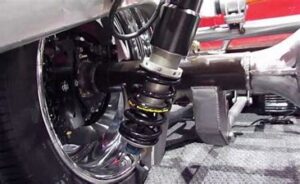Imagine yourself driving across a snow-covered mountain pass, gliding easily around treacherous turns, or perhaps confidently negotiating muddy off-road tracks. What endows your car with the strength and stability to traverse these treacherous terrains? It is the all-wheel drive (AWD) system, a marvel of modern technology that guarantees your wheels will continue to turn even when the road gets rough.
We’ll introduce you to the world of automobile all-wheel drive (AWD) systems in this post. We’ll explain how they operate, consider the advantages they provide, and, most importantly, walk you through the critical procedures for the service all-wheel drive system for safety and for maintaining your AWD system.
Table of Contents
Understanding All-Wheel Drive System In A Car
Before delving into specifics of the service all-wheel drive system. Firstly, let’s see some basics of the topic. AWD, or all-wheel drive, is a cutting-edge drivetrain system frequently used in automobiles, SUVs, and trucks. AWD systems concurrently deliver power to all four wheels, in contrast to conventional two-wheel drive (2WD) vehicles that only drive the front or rear wheels. This power distribution offers the following major advantages:

1. Traction Control:
AWD improves traction on a variety of road surfaces, including snow, ice, mud, and gravel. The technology switches power to the wheels with stronger traction when one or more of the wheels start to lose traction, assisting you in keeping control.
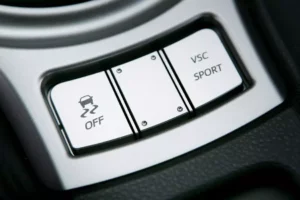
2. Enhanced Stability:
AWD systems help keep a vehicle stable, especially when making fast or rapid bends. They lessen the possibility of oversteer when the rear wheels lose grip, or understeer, where the front wheels lose grip.
3. Optimal Performance:
AWD can improve a car’s performance by giving it improved off-road and acceleration capabilities. Due to this, AWD is common in sports cars and SUVs built for off-roading.

4. Safer Driving:
By minimizing wheel spin and preserving stability in bad weather, AWD can improve safety. It is especially useful in areas with a lot of rain, snow, or ice roads.
How Does All-Wheel Drive System In A Car?
The fundamental idea behind AWD systems—which exist in a variety of configurations—remains the same: they distribute power to all four wheels. Here is a short description of how AWD operates:
1. Power Representation:
The transfer case or centre differential of the vehicle receives power from the engine and distributes it to the front and rear axles.

2. Ongoing Surveillance:
The rate at which each wheel rotates is constantly monitored by AWD systems. The technology senses when a wheel begins to slide or lose traction and modifies power distribution accordingly.
3. Variable Power Allocation:
AWD can transmit power uniformly to all four wheels or change the distribution depending on the requirement for traction, depending on the system’s architecture. Some systems can direct more power to wheels with superior traction while reducing power to wheels that are slipping.
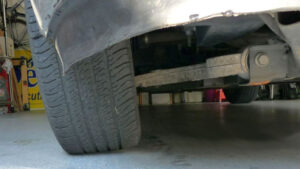
4. Better Handling:
AWD makes sure the car responds to the driver’s inputs well and helps maintain stability and control under a variety of driving circumstances.
Common Causes With All-Wheel Drive System In A Car?
Cars’ all-wheel drive (AWD) systems are great for improving traction and stability, but they can have problems just like any other component of your automobile. Here are a few typical issues in plain language:
1. Unbalanced Tire Wear:
AWD demands that all tires have the same size and tread depth. Uneven wear can occur which is detrimental to your AWD. Check and rotate your tires frequently, and replace them if necessary, to cure the problem.

2. Leaky Fluids:
Special fluids are used in AWD to maintain efficiency. Sometimes, these fluids can leak from components like differentials or the transfer case. Leaks should be corrected if you see any because low fluid levels can result in damage.
3. Warning Lights:
The AWD system in your automobile is monitored by sensors. Your dashboard may display a warning light if something is incorrect. Do not disregard these lights; instead, have a mechanic examine your vehicle.
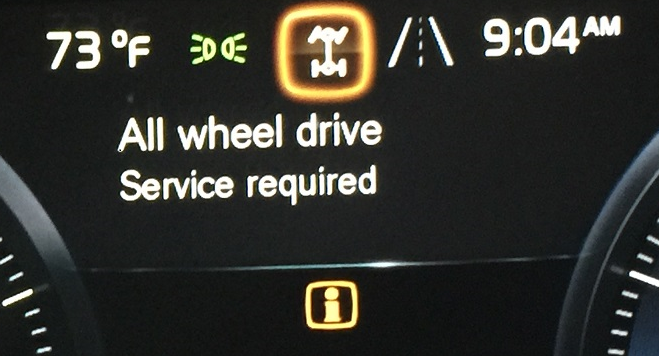
4. Issues With The Limited Slip Differential (LSD):
Limited slip differentials are sometimes used in AWD systems to distribute power. These may degrade over time, resulting in inconsistent power and decreased traction. Regular maintenance can help stop this.
5. Issues With The Drive Shaft:
The engine is connected to the wheels by a driving shaft. It may shatter, make noise, or vibrate as it ages. Any odd behaviour should be investigated and, if necessary, replaced.
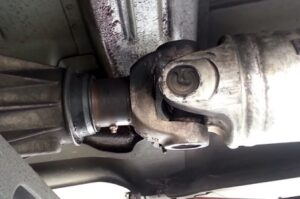
Even though these problems can appear minor, ignoring them might result in more serious and expensive consequences. You may use the advantages of your AWD system without experiencing any problems by doing routine maintenance and watching out for warning indicators.
How To Service All-Wheel Drive System In A Car?
Your car’s all-wheel drive (AWD) system needs regular maintenance to function properly and safely. Here are some simple procedures to maintain your AWD system:
1. Continual Upkeep:
Follow the AWD system’s recommended maintenance schedule provided by the manufacturer. Fluid changes and routine check-ups are often part of this. Regular maintenance aids in preventing issues before they escalate.

2. Examine Leaks:
Watch out for any fluid leaks, especially near the differentials and transfer cases. If you find a leak, get it corrected right away. Your AWD system may be harmed by low fluid levels.
3. Replace And Rotate Tires:
Make sure your tires are rotated frequently to guarantee even wear. Use the same size and tread pattern on all four wheels at all times, and replace old tires as soon as possible. Your AWD system may experience stress from improper tires.
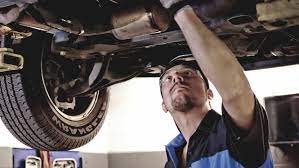
4. Warning Lights To Address:
Don’t disregard the AWD warning light on your dashboard if you see it. Have a certified mechanic inspect your car to find the problem and resolve it.
5. Service Limited Slip Differentials:
Limited slip differentials are used by several AWD systems. For maintenance on these parts, adhere to the manufacturer’s instructions. Careful handling helps keep traction and avoid damage.
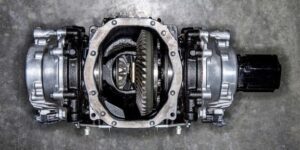
6. Drive Shaft Inspection:
Have the drive shaft checked if you hear any strange noises, feel any vibrations, or experience any other drivetrain problems. Drive shafts that are damaged should be fixed or replaced.
7. Utilize The Proper Fluids:
Use the proper fluids for your AWD system, please. Using the incorrect fluid can cause issues. For advice, go to your owner’s manual or get in touch with a specialist.
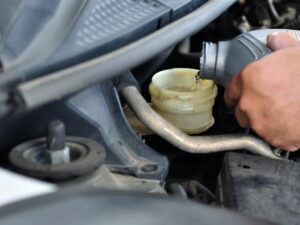
8. Maintain Records:
Keep a record of the servicing and upkeep performed on your AWD system. This keeps you organized and guarantees that you don’t miss crucial checkups.
9. Professional Advice:
Consult a certified mechanic or a dealership, however, if you’re unclear on how to maintain your AWD system. They are qualified to appropriately identify and address AWD problems.

Therefore, you may drive more safely and dependably. Additionally, by adhering to these easy measures and being vigilant about AWD system maintenance.
Conclusion:
In conclusion, taking good care of your car’s all-wheel-drive system is essential for a safe and smooth ride. Regular maintenance, like checking for leaks, rotating tires, and addressing warning lights, can prevent problems and keep your AWD system in top shape. By following these simple steps, you can ensure you service all-wheel drive system so your car performs well in various driving conditions, making your journeys worry-free and enjoyable.


